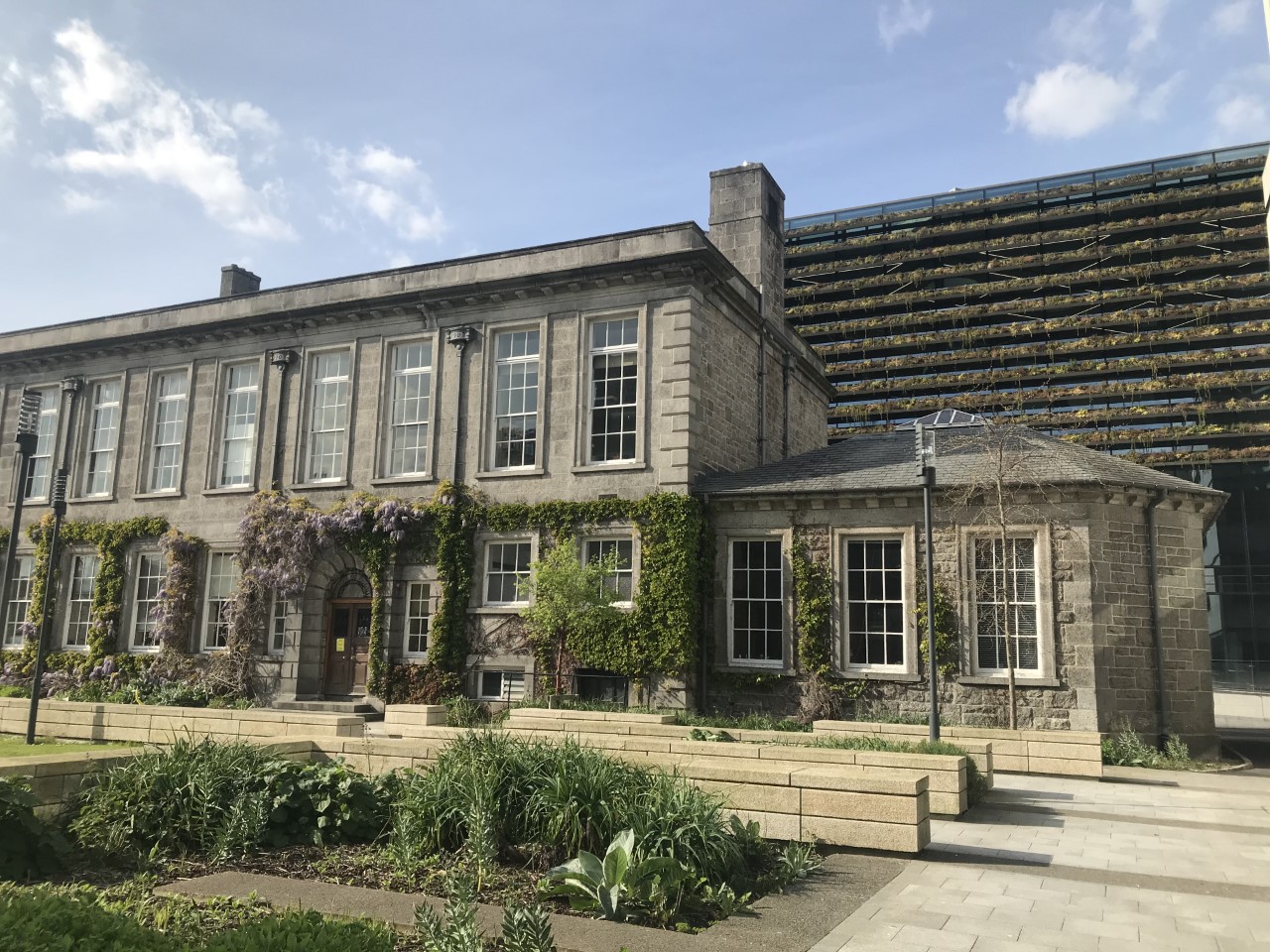- Herbarium in Trinity College Dublin - 27/04/2021
A herbarium contains collections of dried, pressed and therefore preserved plant material. Herbaria are amassed primarily for the purposes of understanding plant evolution, biogeography and systematics but are also useful in very many other domains including, for example, pharmaceutics, climate change, ecology and conservation.
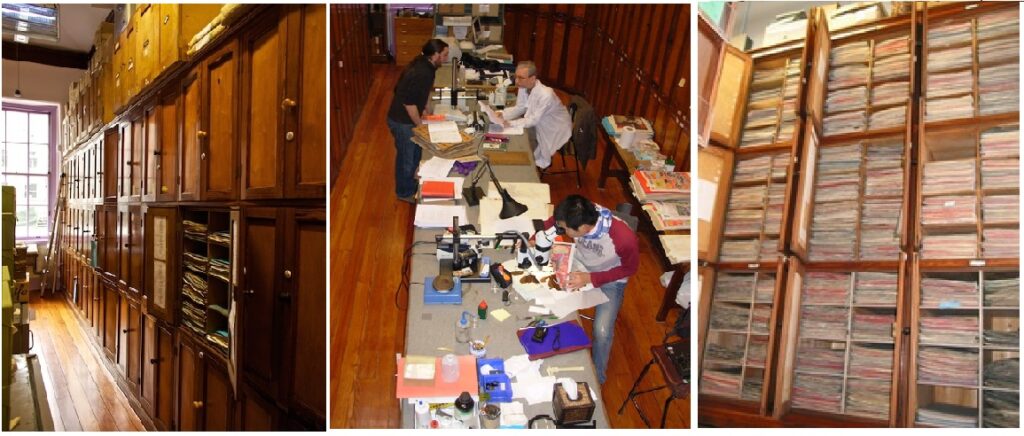
Whilst the TCD herbarium is internationally renowned it is perhaps not as well know as it should be inside the walls of TCD.
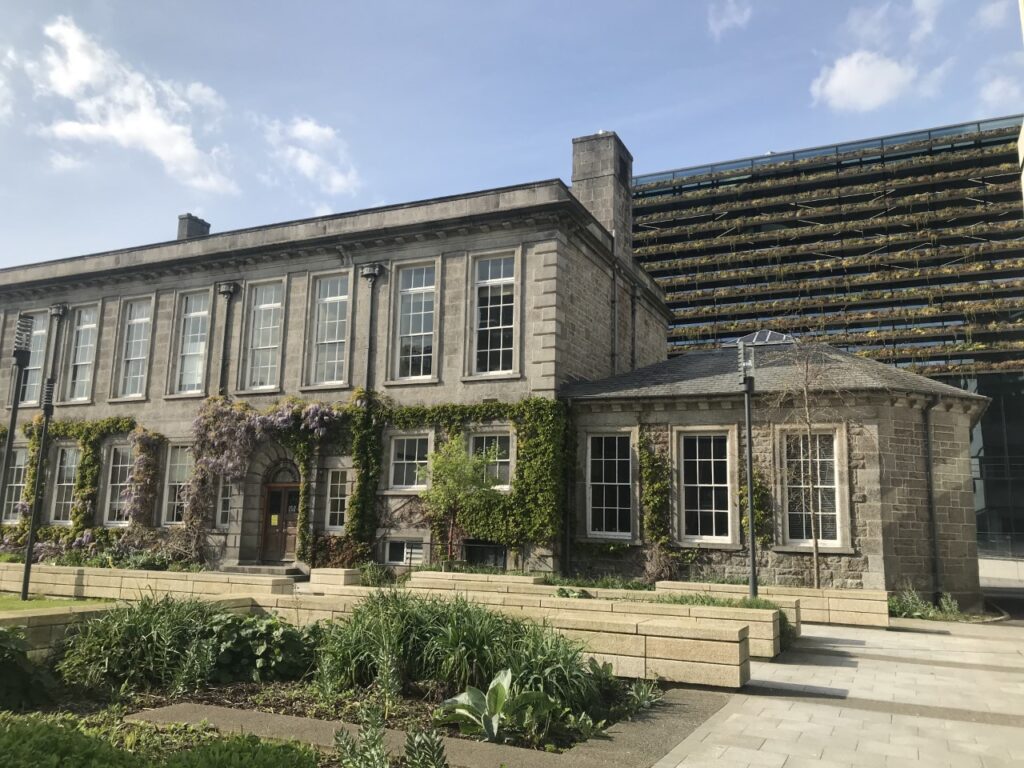
The existing herbarium building was added as an annex to the School of Botany in 1910. Prior to that, the Herbarium had been housed in very unsatisfactory conditions in House No. 5 having been moved from Thomas Coulter’s rooms in House 40. Thomas Coulter, was the first curator and his personal herbarium, accumulated from his expeditions in North America and Europe, formed the core of the TCD herbarium.
Coulter is well known in horticultural circles as the wonderful garden plant Romneya coulteri Harv. was named in his honour. He is also the person who likely planted the recently deceased Oregon Maples around 1845 in Library Square.
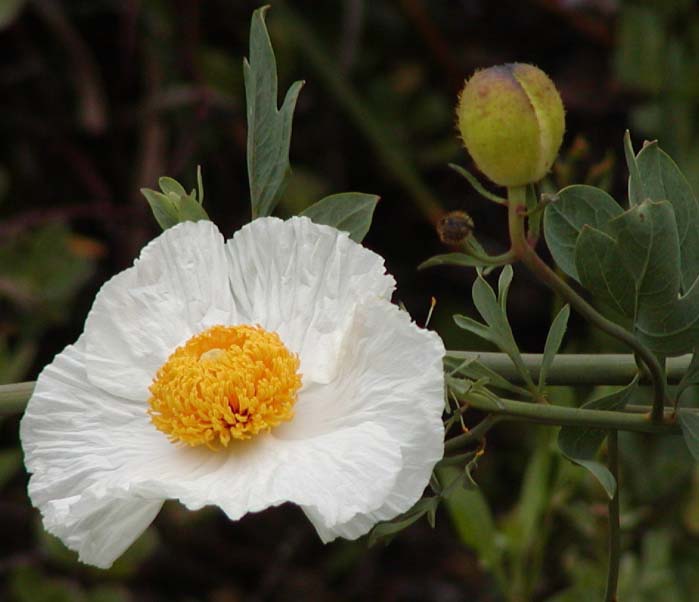
Credit: Stan Shebs. Picture licensed under the terms and conditions of CC BY-SA 3.0
However, the Herbarium is really the creation of William Henry Harvey FRS who was curator from 1844 until his death in 1866.

Burton, Herbarium, TCD
Harvey’s hard-work, his extensive friendships and personal exploration of Australia, North America and South Africa led to the accumulation of ca. 100,000 specimens by the mid 19th Century including material collected by Darwin. Even by the standards of the age, Harvey worked hard: he writes ‘I rise at five and work till breakfast-time (half past eight) at the Antarctic Algae … Directly after … I start for College and do not leave till five o’clock in the evening … at night I arrange ferns for the glue woman…’. Estimates suggest that Harvey described about 140 genera, over 600 higher plant species and over 800 species of alga.
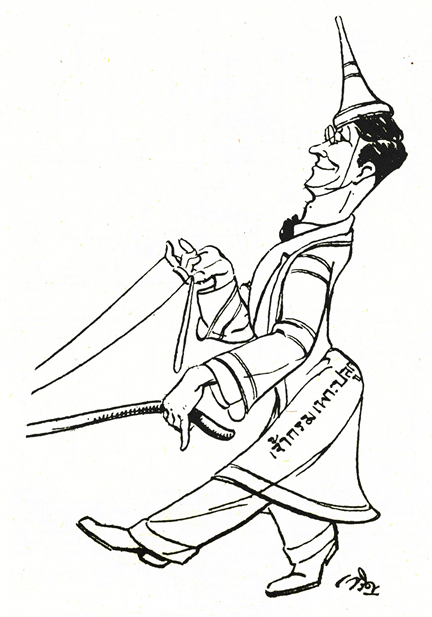
After Harvey’s death, the herbarium continued to accumulate material, notably, that associated with the writing of Flora Europaea and specimens collected by A.F.G. Kerr, a medical graduate of Trinity College from Co. Leitrim, who was the first (and is still the most important) plant collector to work in the tropical forests of Thailand. These latter collections have been recently greatly enhanced through recent work on the Flora of Thailand project.


The Herbarium’s current holdings are large (ca. 300,000 sheets), have been collected from countries around the World, and are complemented by a large library which is amongst the best of its type in Europe. The oldest known material is Irish and dates from about 1720. On a world-scale, the TCD herbarium is of exceptionally high importance because of its unique holdings including collections of great historic importance. It is the only Irish herbarium featured in the 2020 book ‘Herbarium’ by Barbara Thiers, the Curator of the New York herbarium which is one of the largest herbaria in the World, and attracts enquiries from researchers around the globe. The algal herbarium is especially important for systematists being the biggest collection of algae in Ireland and one of the biggest of any University herbarium anywhere in the world.

